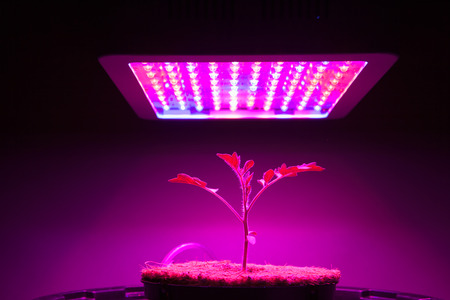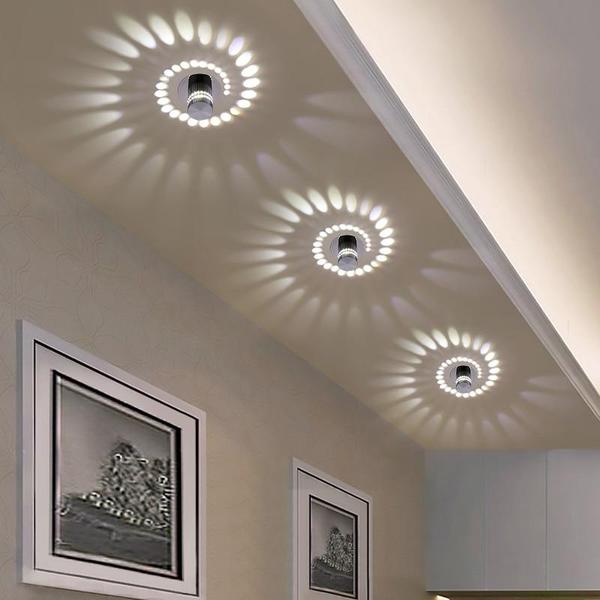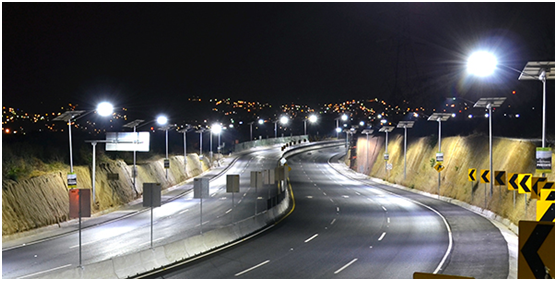The history of the LED lamp
LED lights (Light Emitting Diode) or LEDs they are called in Swedish, were invented in the 1920s by Russian Oleg Vladimirovich Losev. However, it took until the 1960s before the technology was first developed for commercial use.
Then it was about red light, but eventually it was green to create colors in the yellow / orange color range in the early 1970s.
The technology behind the light
After that, the researchers began concentrating on the task of creating the more energy-rich blue LED light, because with the help of it in combination with other colors it was possible to produce white light of the type we can see in the LED lamps we currently use in the homes.
Before getting there, the technology became commercially useful, however, it did take 30 years. In 2014, three researchers (Isamu Akasaki, Hiroshi Amano and Shuji Nakamura) shared the Nobel Physics Prize "for the invention of effective blue LEDs which enabled bright and energy-efficient white light sources".
At present, it can be stated that these lamps have become so popular that they have increasingly come to replace both fluorescent lamps and light bulbs.Many advantages of LED plant lighting
LED grow lights in English have in recent years become a popular alternative in grower circles. And it's not that strange. LEDs for cultivation have many advantages over the more conventional lighting techniques. Even if it involves a higher initial investment cost, you will quickly earn this money.
To begin with, the technology has proved to be considerably more efficient than traditional lighting, since at least equally good results are obtained with much fewer watts. In fact, you can lower your electricity consumption by up to 80% and thus save large sums.
As the LED lighting, like the sun, operates on several different wavelengths, one can tailor the light that is ideal for the specific plant's needs.
We have customers who have experimented with LED and HPS at the same time, the results have been very interesting since the harvest exceeded the water. A grower who used a Mars PRO II Cree128 335W + a Gavita Digistar 600W E-Series Kit received a crop that corresponded to nearly 3 600 W HPS lamps.
Another advantage of the LED lights is that they are easy to install, just plug in the power cord and run. The lifetime of the lamps is impressive. It is considered that a lamp can last for up to 50,000 hours and that the light reduction that takes place during the life of the lamp is much lower than any competing lamp. If a LED lamp is lit 24 hours a day, it will last for up to 5 years without any significant deterioration in the light!
If you buy LED lamps with enough watts, you can place them high up to cover a larger surface, still with good results, but since the lamps do not get hot, you can also hang them very close to their plants without being damaged. Also, the growth time of the plants increases, as they are exposed to more concentrated light. Also, LED does not emit any harmful ultraviolet radiation.
Drawbacks
The main drawback of the technology is, as previously mentioned, the purchase price. It can be several hundred percent more expensive than, for example, HPS. Generally speaking, one can say - the stronger an LED is, the more expensive it is in purchasing.In recent years, the technology has developed at a furious pace, but earlier it was common with much cheating and bullshit among sellers of these lamps. Many rogue online stores sold the home building or products from Chinese low-cost websites. Professional Grow only sells lamps tested in real conditions and from market leading distributors.
The LED of the future
Since the research recently started to combine these lamps with nanotechnology, we can without exaggeration note that the future of LEDs looks bright. (HA HA!)
Not long ago, a kind of luminous wallpaper was introduced with built-in diodes that can set up on both walls and roofs.
The advent of nanotechnology also entails additional cost reductions, since it mainly uses the cheap and commonly used material silicon in the nanotechnical LED context.
With the greater use of organic materials, the LEDs become even more environmentally friendly. In the near future, very thin and flexible LED lights will appear
on the market.
When LEDs are increasingly invading the car market, future car owners can look forward to never having to replace any lamp on the car. This is due to the good life of the lamps, which are likely to survive the car itself.
The world over has street lighting changed from HPS to LED with great savings as a result. Both in reduced energy costs but also in the need for service and maintenance.



Comments
Post a Comment